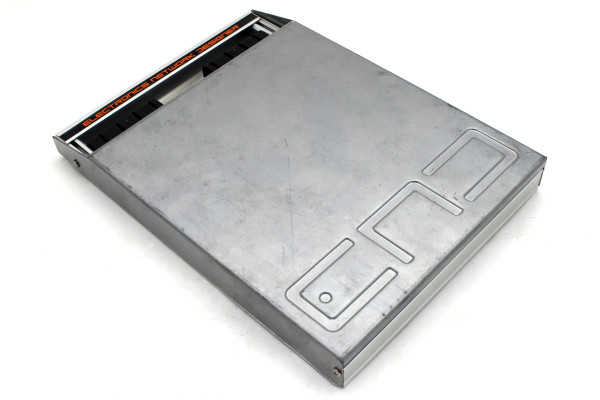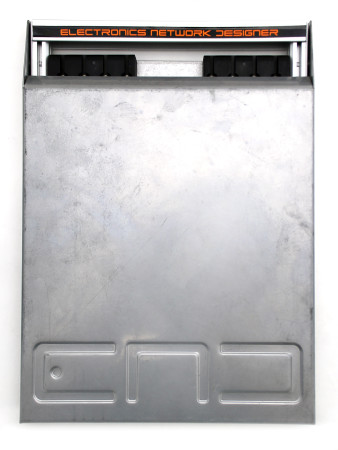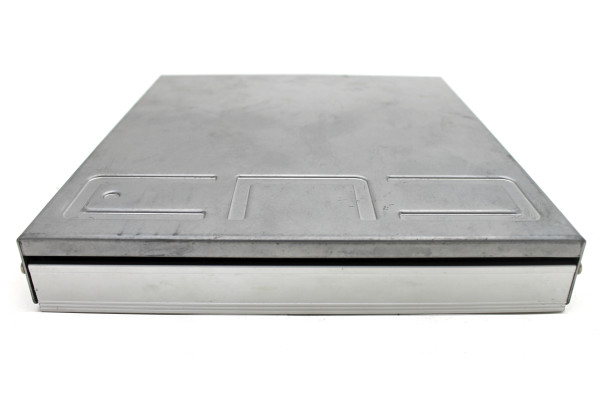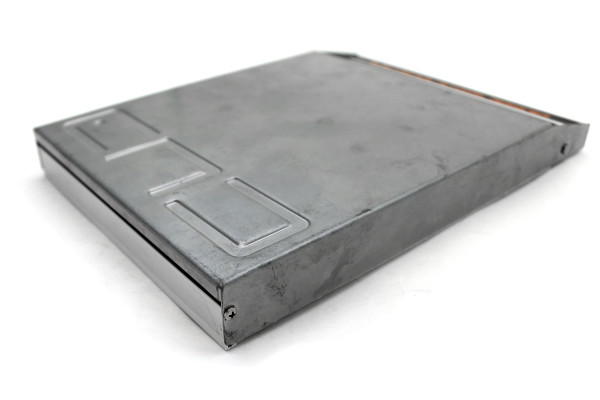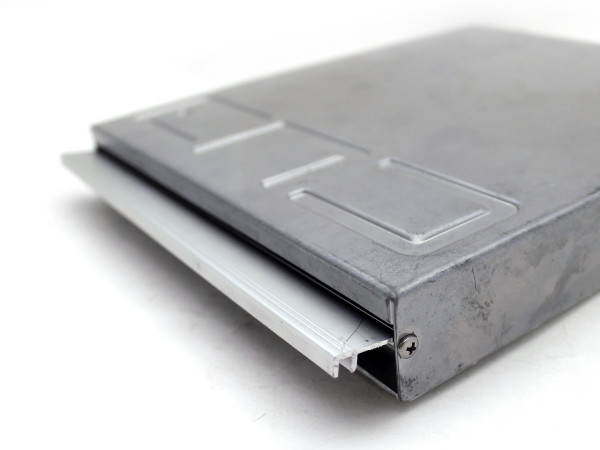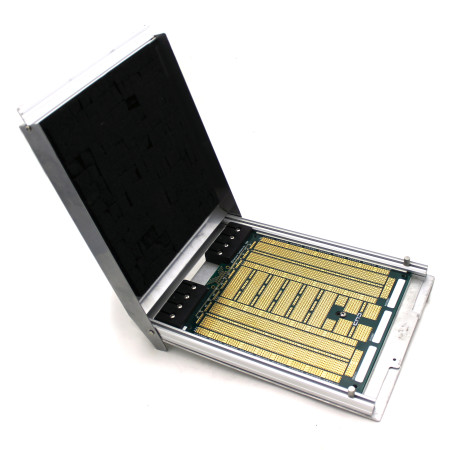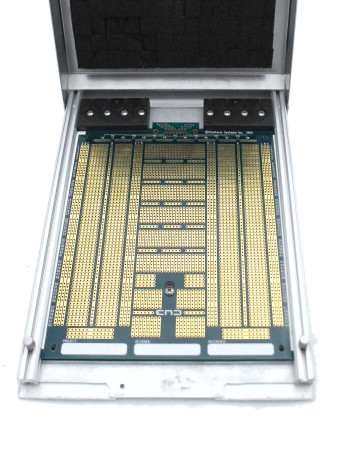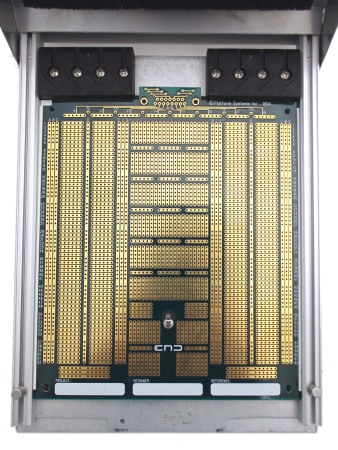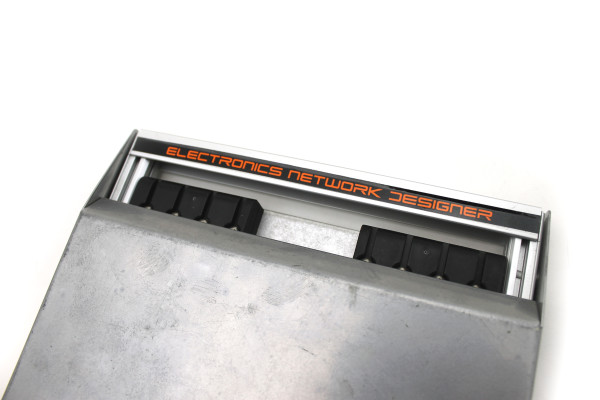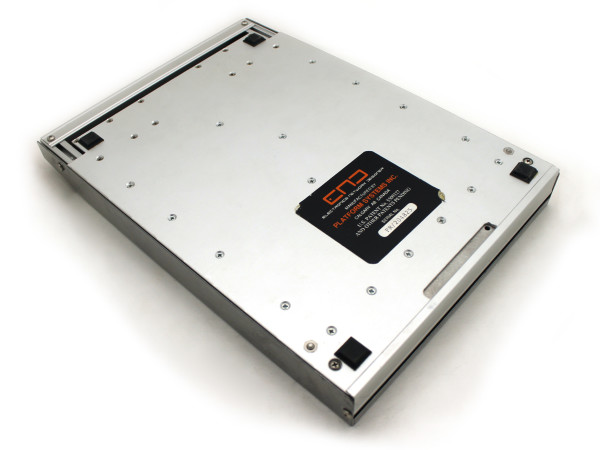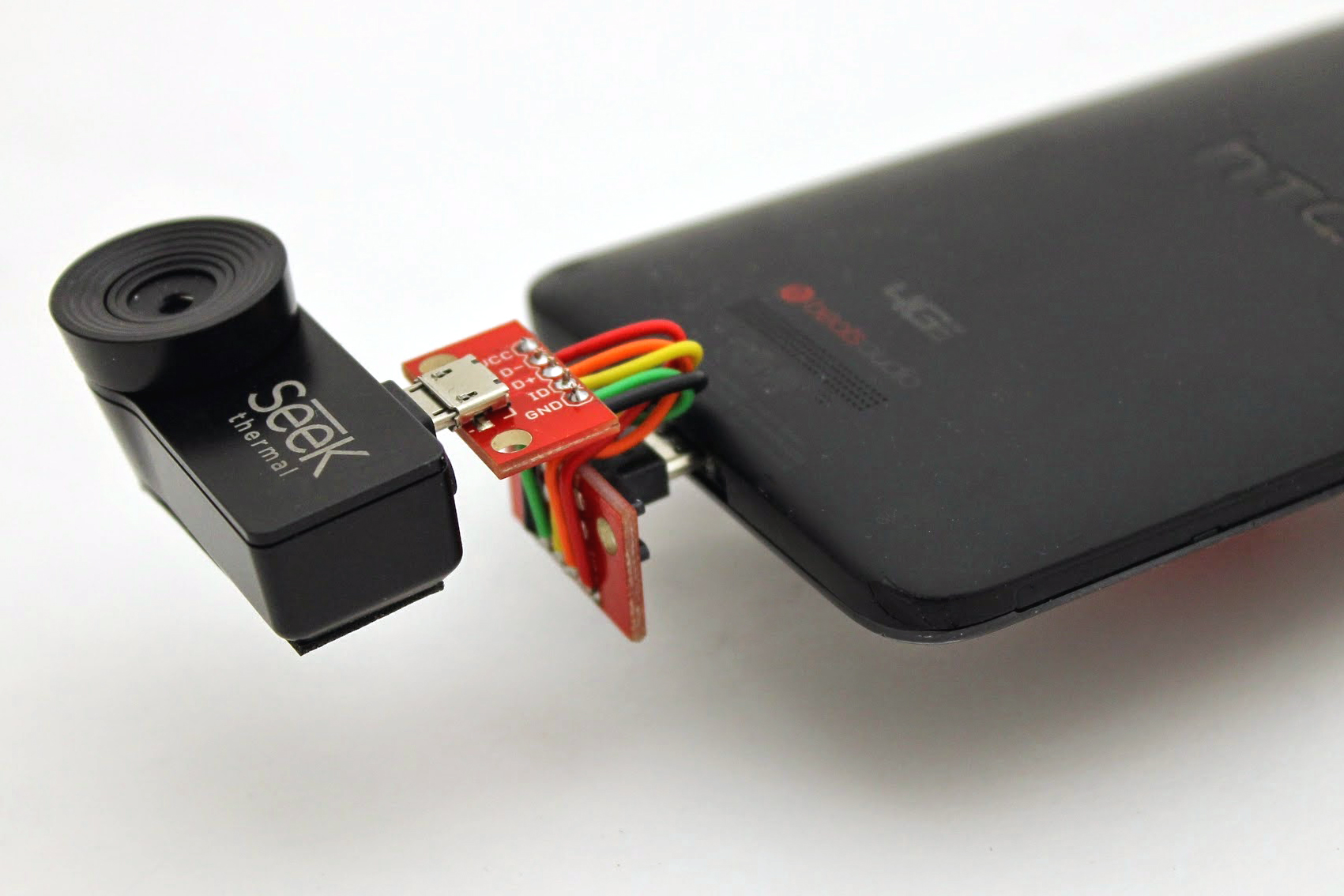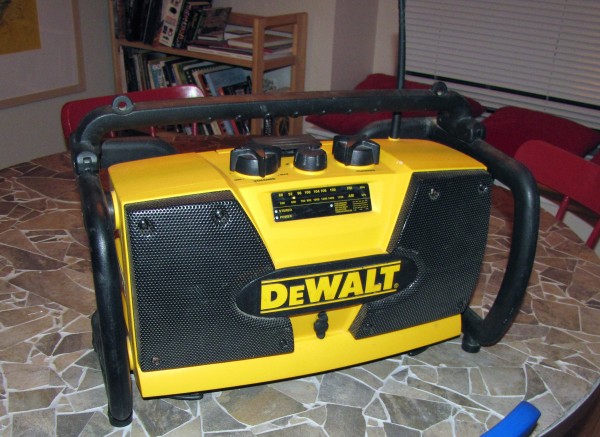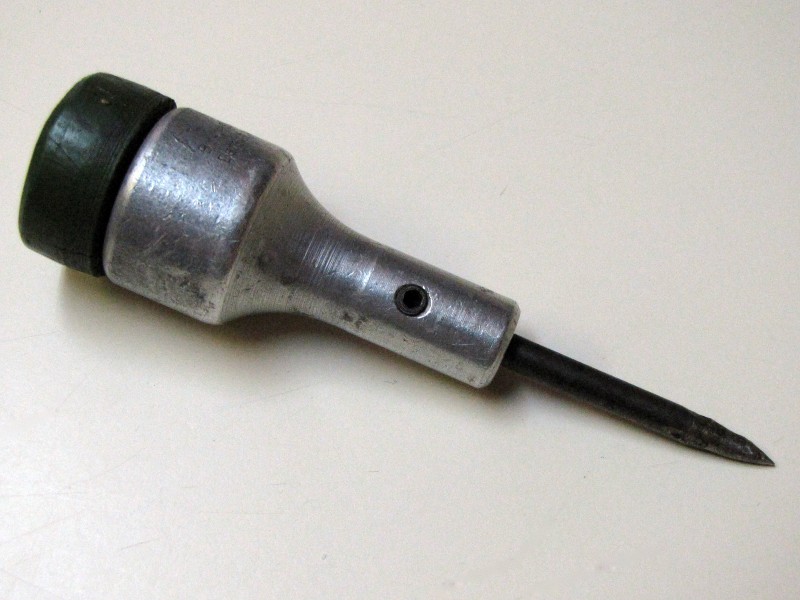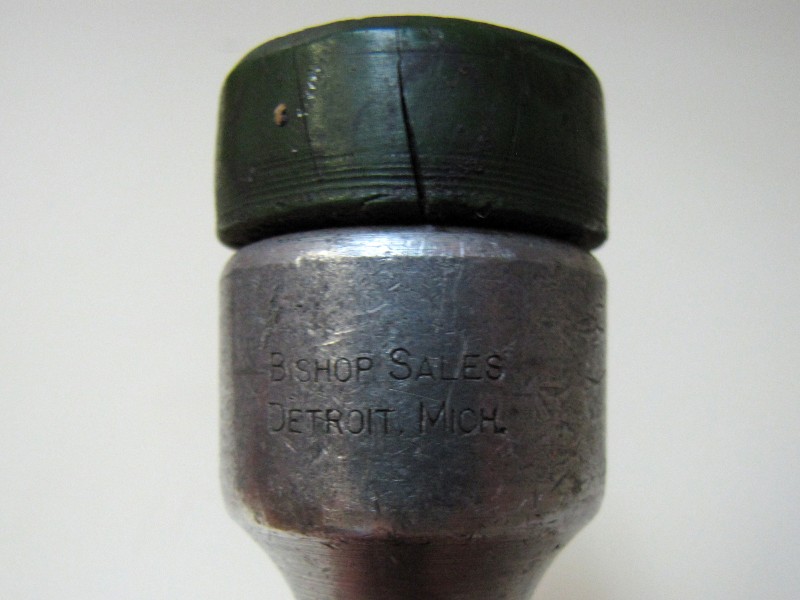When I’m bored on a Saturday, I sometimes like to go to Goodwill and buy a fork.
Just one.
Knives and spoons are also fair game, but forks are my favorite.
Often I’ll take a friend, if I have one handy, and she is the sort who does not immediately hang up when I ask for help buying a single used fork.
Everyone takes some persuading, at first, so I explain that it’s a really a game, with one goal: to pick the single best fork from among dozens or hundreds of random examples of the type. Having someone else along makes the game that much more interesting because, not only do you have to find the best one, you have to agree on it.
The point, besides having fun, is to practice appreciating the infinite variety that even the most mundane objects and experiences offer us. The thing itself costs maybe fifty cents, and if the hunting is good, can become a treasured prize and keepsake. Especially if you mud-wrestle for it afterwards.
My habit of staking out eBay for seemingly boring stuff — AA batteries, pull tabs, empty bottles — comes from a similar place. A solderless breadboard is ephemeral by nature, so most people never really stop to think about whether theirs could be better in any way. As long as it does the job without exploding or giving you anthrax, why waste time thinking about it? Honestly, I don’t have a good answer to that question. But the fact remains that I naturally tend to do so.
The object pictured here is the most amazing breadboard I have ever seen. I bought it simply because it turned up in one of my “boring” eBay searches and I doubted very strongly that I would ever see another like it. I paid twenty-five bucks plus shipping. I will let the photos speak for themselves.

